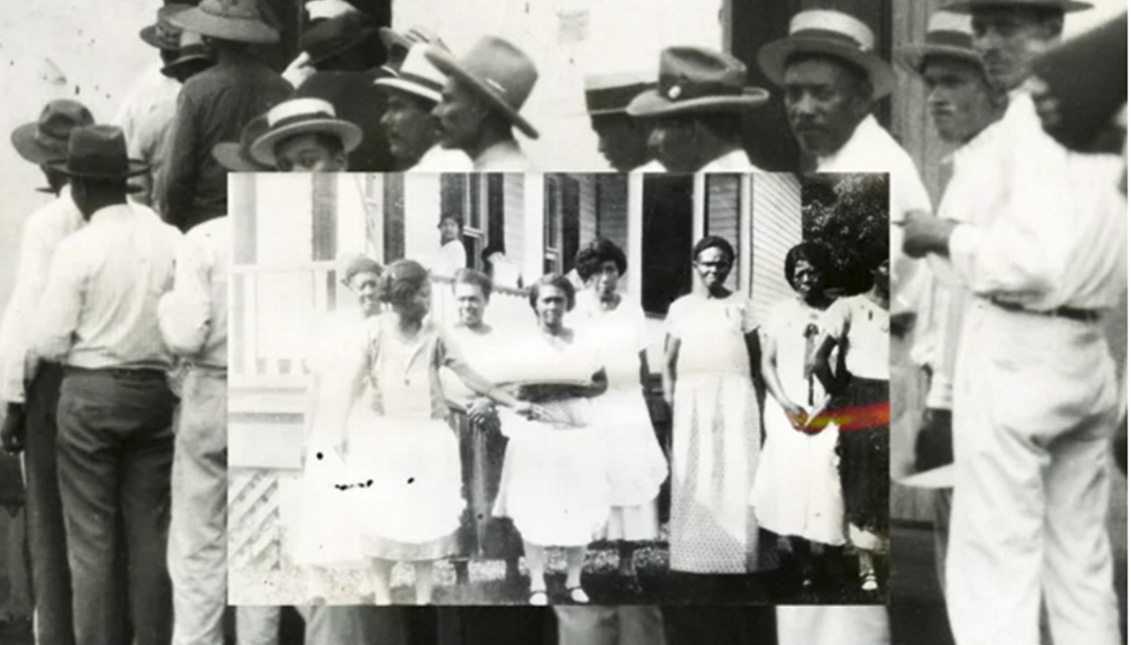
Postcards from Nicaragua: How Central American Afro-Latinos were stripped of their clothes (and their culture)
"Greetings from Bluefield" can be read on these sepia-colored images sold in tourist shops, the only ones that document the history of the region during the…
Descended from an Afro-Caribbean father, Jasmine Chavez Helm recently became interested in her heritage thanks to a podcast that this fashion archivist hosts with two other women, historian Joy Davis, and textile curator Dana Goodin, in which they explore cultural history in an unusual way by looking at the intersections of race, politics, and fashion.
“We wanted to have people that fashion isn’t just something for rich white people,” she tells Remezcla. “All over the globe in Asia, Africa, Brazil, throughout Latin America, and of course in the United States so many different cultures express themselves through clothing in different ways.”
Her curiosity and her father's rejection of his own blackness prompted Chavez Helm to devote three years of her life to researching Nicaragua's black history and the links with the indigenous community known as Miskito, which emerged from the mixing with Africans, Europeans, and other ethnic groups in the 17th century. As well as the progressive Europeanization of their dress with the arrival of the Moravian church - a branch of German Christianity - to the country's Caribbean coast.
However, the archivist was faced with the problem that this part of the history was barely documented, and the only reliable documents she could trust were the postcards for the tourists that reflected the changes in the dress of the Afro-Indians under the Moravian influence.
Her work consists of searching the web for these old sepia-colored Nicaraguan postcards on which you can read:
RELATED CONTENT
"Recuerdos de Bluefields Nicaragua," or "Recuerdos de Nicaragua." In them, Miskita girls appear sometimes pressing sugar cane dressed in their traditional skirts, and sometimes some commentary defining these communities as " feral" or "pagan".
The basis of her research is how the Moravians, whose intention was to convert the inhabitants of Bluefields to Christianity, pressured the tribal groups not to wear their traditional clothes, but, paradoxically, had to create items for tourists.
Today, not only do most of the natives of the region dress in the Western style, but their homes and the land that feeds them are endangered as an echo of past colonization and the successive invasions that the system encourages: Part of Bluefield's territory will become the access route to a larger canal than Panama's.
“It’s already been hundreds of years that so many stories have been neglected to be told or shared or that material culture has been failed to be collected and preserved that if we don’t do it now, it could be lost forever,” concludes Chavez Helm.
The results of this research will be announced next June at a conference. Meanwhile, the researcher advances with caution, being aware of her privileged vision:
“I may be of (Afro-Nicaraguan) descent, but I’m still negotiating how to respectfully write about them, their culture and its history in a way that’s respectful and empowering,” Chavez Helm says.











LEAVE A COMMENT: